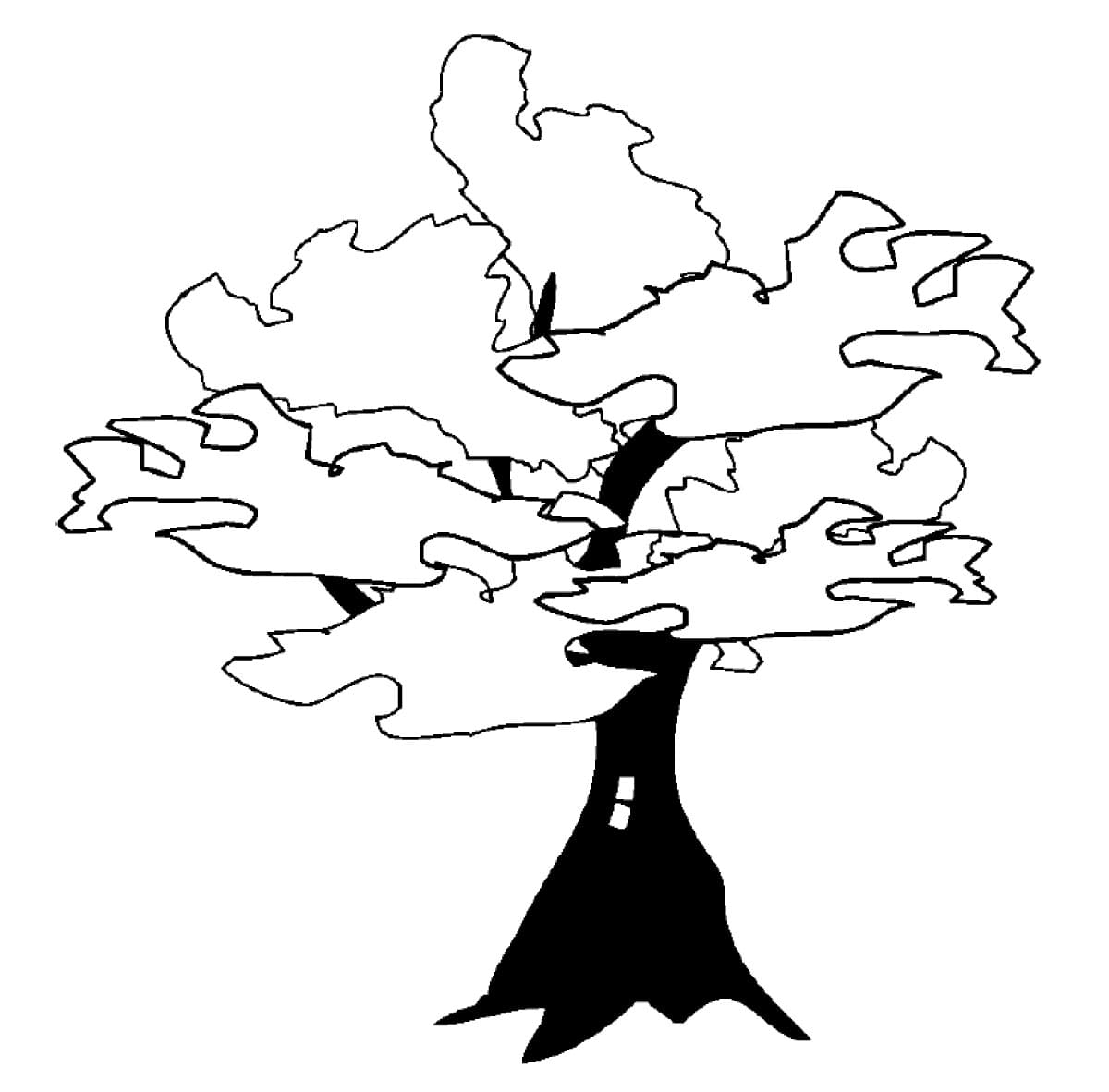20 Years Ago in Chapter News
The Double Blaze

The Double Blaze
Chapter 5: Preserving the AT Experience
Cosmo Catalano, Appalachian Trail Chair
The Berkshire Exchange, Summer 2003
Sometime this summer come on out to my neck of the woods (the real "western" Massachusetts). Take a hike on the AT. Stop at a shelter or trailhead and ask those who come along to tell you what the "AT Experience" is. I have no doubt you will get a wide number of answers, varying from the rhapsodic to the incomprehensible. Just how does one define something as intangible as one's experience in the outdoors?
Despite the different responses, I think we can all come to some similar conclusions about what makes a positive outdoor experience. It might include interesting geological features, unique or undisturbed habitats, an absence of the trappings and reminders of "civilization," or a trail that is appropriate to the terrain it crosses. Others might add that the experience is also highly dependent upon one's hiking companions or people one might meet on the trail. Here in New England at least, we also often want a trail that "takes us someplace" – to a summit, waterfall, glen, or other destination.
As we hike, we don't usually think about these qualities – unless something comes along to disturb them. Do we need to define this experience on the AT? Thirty years ago, when the Federal government decided to purchase land to protect the AT, the enabling legislation couldn't just say, "buy the land that surrounds the AT." The government needed to know about the AT: whether the Trail was in its optimum location, how much land was needed, and where the land lay. So here is some really great prose from "Definition and Purpose of the AT" that was worked out between the National Park Service, Appalachian Trail Conference, and the maintaining clubs. "The Appalachian Trail is a way, continuous from Maine to Georgia, for travel on foot through the wild, scenic, wooded, pastoral, and culturally significant lands of the Appalachian Mountains. It is a means of sojourning among these lands, such that visitors may experience them by their own unaided efforts."
So here we have the official description of what the AT encompasses: It describes the landscape (wild, scenic, wooded, pastoral), the means of visiting these lands (own unaided sojourning), and the method (continuous foot travel). All the efforts of the managing partners are directed toward establishing and preserving this ideal.
The 89 miles of Trail in Massachusetts that the Berkshire Chapter's AT Committee is responsible for represents a little more than 4% of the Trail's total mileage. And, because of the stated description of the AT's purpose and the trail-wide effort that supports it, the AT experience in Massachusetts is similar to that in most other states. Certainly there are regional differences, and the terrain and ecologies along the Trail vary, but the experience is remarkably consistent from Springer to Katahdin.
At a recent ATC meeting, participants were asked to define the "ideal" AT experience ten years into the future. Comment were wide ranging, but words like "Primitive, Solitude, Quiet, Natural, Continuous, Challenging, Good Views," and "Safe" (from other humans) were frequently used.
Some of these desired attributes are achieved by routing the trail onto appropriate lands and providing a wide corridor of protected property. Since nearly 100% of trail corridor lands are now legally protected against inappropriate use, I think the prospects are good for retaining and improving the attributes we can physically manage. We are finding, however, that air pollution and unwanted sound are becoming an increasing threat and have no respect for boundary lines.
Some change is beyond our direct control. There was a time when Chestnut trees dominated much of the woods the Trail passes through. There will probably be a time in the future when the Hemlock that characterize so much of the AT in our state will no longer exist. Elements such as these are pretty much beyond our ability to manage. However, we can make choices and efforts to preserve the physical Trail. Our actions can range from cleaning waterbars keeping the Trail from eroding, to vigorously patrolling the land the AT traverses and reporting any misuse. We can also act to mitigate adverse regional effects by using fewer fossil fuels in our everyday activities.
Other attributes of the Trail listed at our recent meeting are not directly a part of the physical space through which the Trail moves. They are connected directly to the personal conduct of people using the Trail. I'm talking about what teachers of my generation called "Deportment." I know you are reading this and saying, "it's not me, it's those others out there." Pause a minute and reflect on your last two or three hikes:
The Berkshire Exchange, Summer 2003
- Did you plan your route and bring appropriate clothing and equipment?
- Were there less than 10 of you, including leaders?
- Did your group yield to oncoming hikers?
- Did you carpool to and from the trailhead?
- Were you quiet on the trail and in camp?
- Did you camp or take breaks on durable or already disturbed surfaces?
- Did you build a fire?
- Did your burn your trash in the fire ring?
- Did you put anything into the privy that you didn't eat or drink first (other than toilet paper)?
- Plan Ahead and Prepare
- Travel and Camp on Durable Surfaces
- Dispose of Waste Properly
- Leave What You Find
- Minimize Campfire Impacts Respect Wildlife
- Be Considerate of Other Visitors

